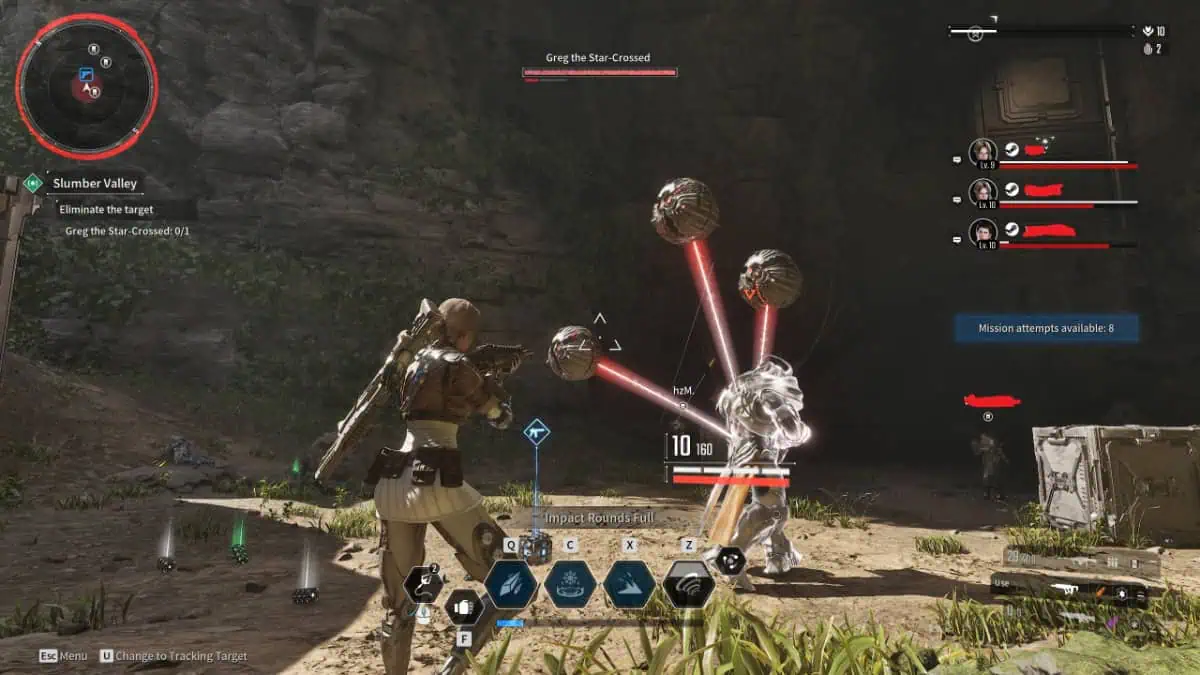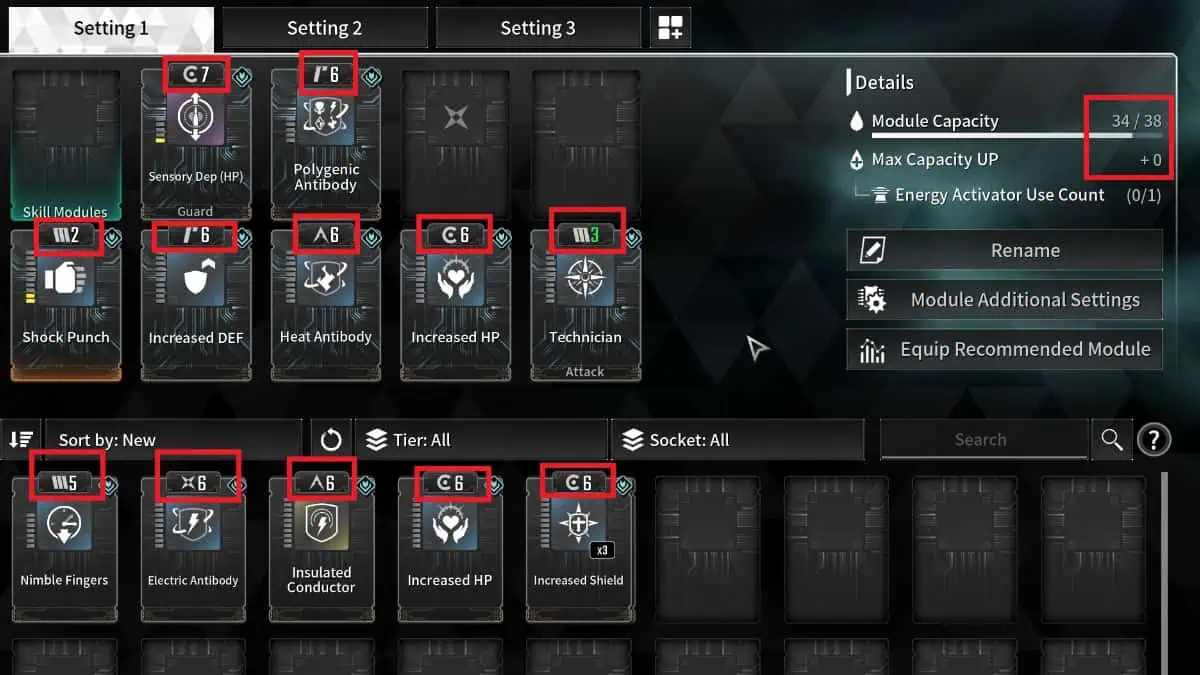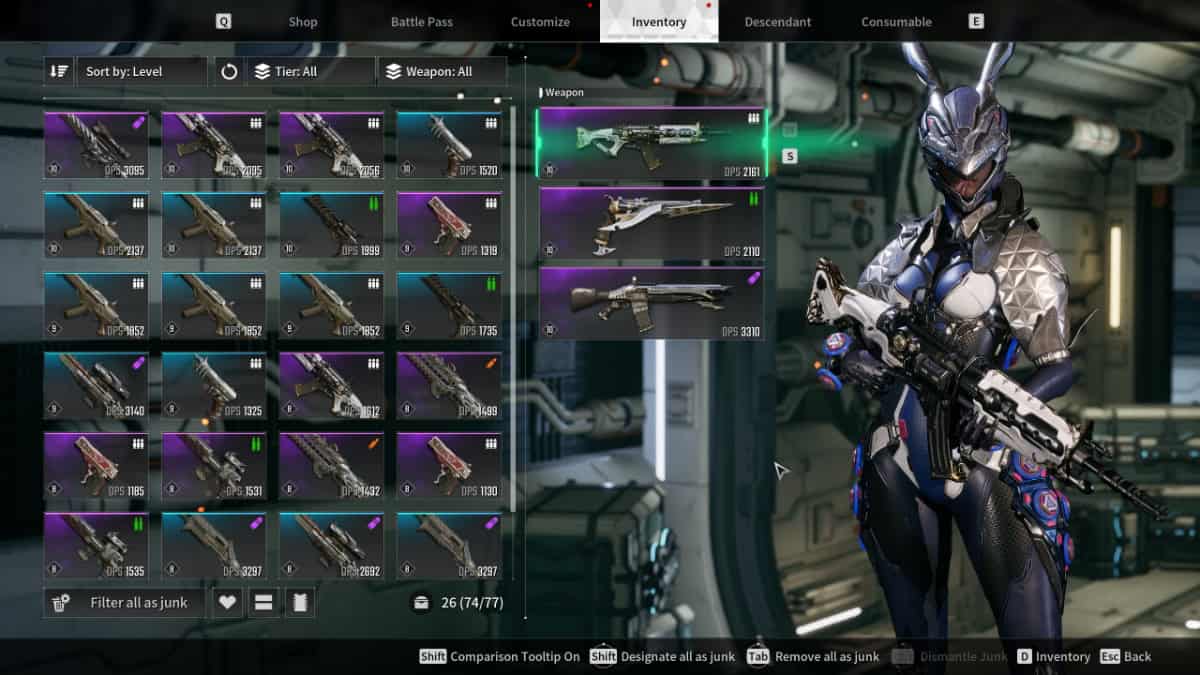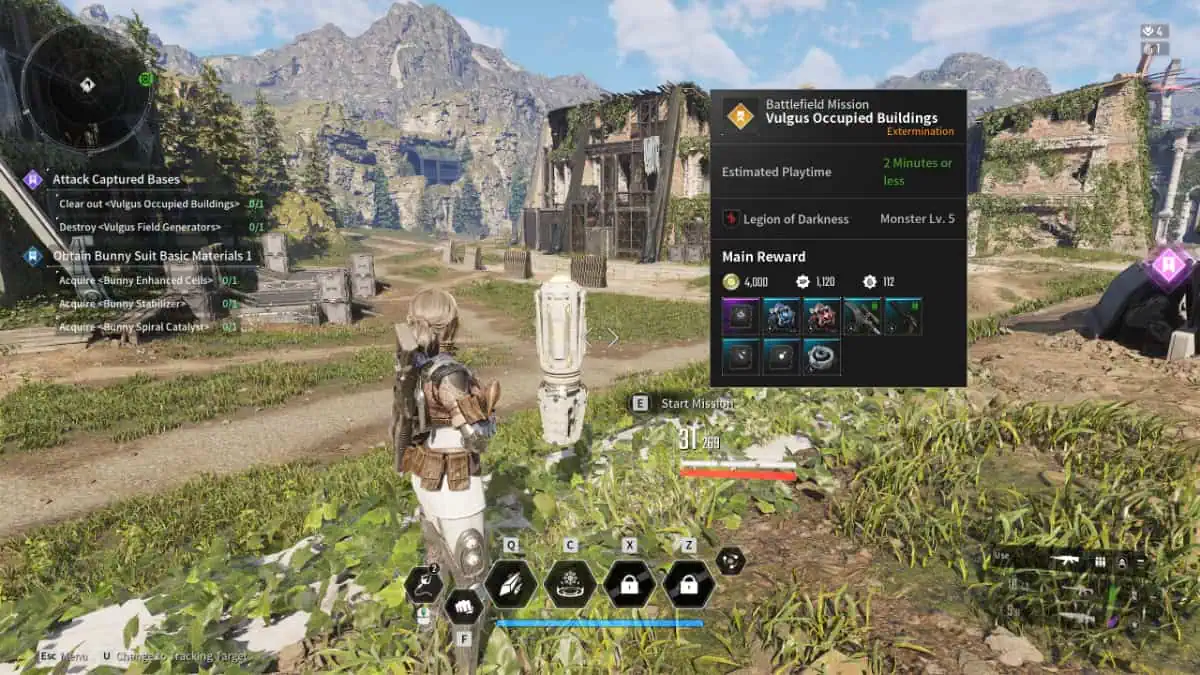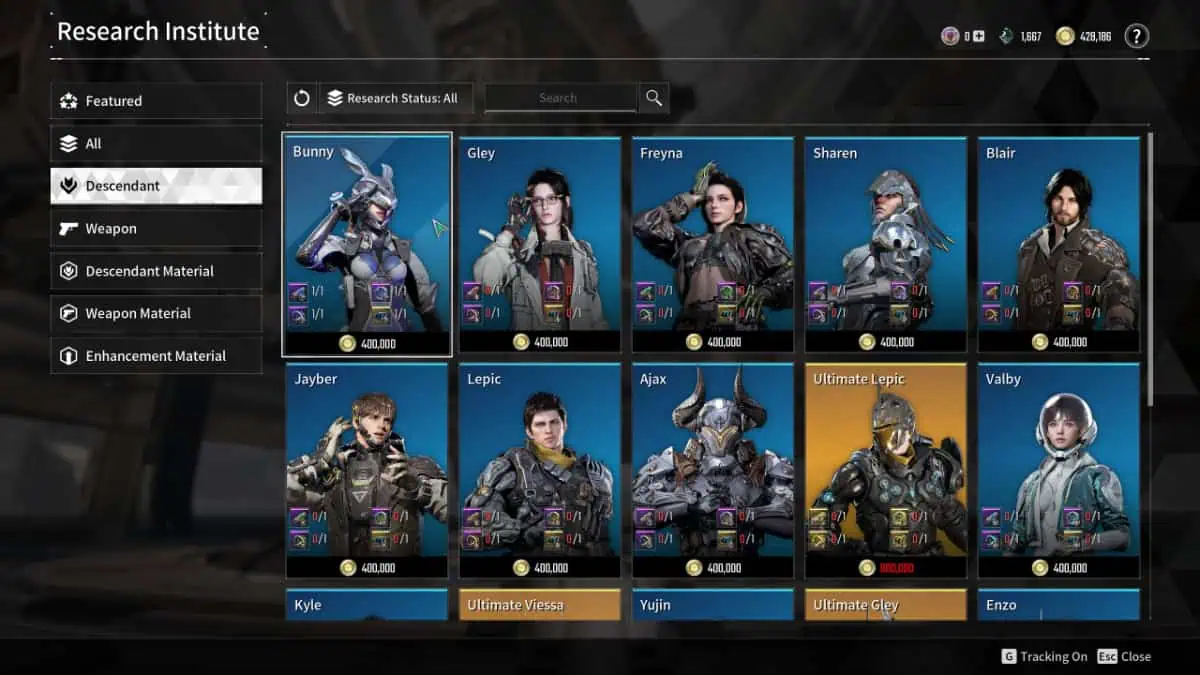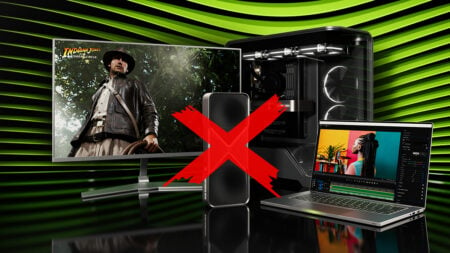Skip To...
The First Descendant is the new contender in the looter shooter genre and it’s an enticing mix of Warframe and Destiny 2. As with both of its inspirations, things can get complicated and a starter guide for The First Descendant can give you a leg up in the marathon grind. To help you familiarize yourself with the game better, here’s our The First Descendant starter guide.
How Does a Looter Shooter Play? Gameplay Explained
First off, for those new to the genre, looter shooters are either first-person shooter or third-person shooter RPGs with a heavy emphasis on loot as a gameplay reward. It’s like Diablo with guns and a more intimate view of the game world. Borderlands notably popularized this hybrid genre and it is now dominated by Warframe and Destiny 2.
The First Descendant is a free-to-play, live-service looter shooter RPG.
In The First Descendant, you pick one of the three starter characters (called Descendants) that fall into RPG class archetypes (tank, DPS, etc.). After that, you’re ushered into the overarching story and must shoot your way through the instanced missions and environments to either advance the storyline or get upgrades or new characters/classes.
Each Descendant has four different active skills and one passive skill. It’s up to you to pick favorites, but they each have their strengths, weaknesses, and specializations. All Descendants, however, have an HP and a Shield bar. If the Shield bar breaks (though it can recharge), it will leave your HP exposed, and losing HP results in death.
Apart from leveling up your Descendants, you can also make them more powerful through Modules.
Descendant Modules, Explained (How to Become Powerful)
This is mainly how you customize the Descendants you own (without spending premium currency). Additionally, Modules are your primary method of making your Descendants more powerful.
Like Mods in Warframe, Modules in The First Descendant appear like stat cards in the UI (user interface). You can then slot these “cards” into your Descendant to modify their stats or skills.
Each Descendant has a set capacity for Modules indicating how many they can accommodate. Thus, each Module also has a capacity cost indicating how much it consumes. Leveling up or upgrading these Modules via an NPC will also increase the capacity cost of a Module, with that trade-off being more power or stat boost.
Certain Modules will modify your particular Descendant’s skills, while others give a more universal or generic boost, such as +HP or +Shield.
It is worth noting that you can also do the same for weapons in The First Descendant— they also have their own Modules.
Weapon Modules, Explained in The First Descendant
Weapon Modules practically function similarly. Each weapon has a type based on the ammunition it uses or its function. Likewise, each weapon type also has its own set of Modules.
Modules function similarly here. They increase weapon stats such as Fire Rate or Critical Damage. Each weapon also has a set capacity for Modules, and each weapon Module also has a set capacity cost, which will increase when you upgrade them.
You need to be familiar with this Module system and remember to slot them into your new weapons and Descendants so they can at least be competent.
Mission Types in The First Descendant Explained
The First Descendant has a mini open-world design. The developers sectioned off the open world are sectioned into regions. Here, you can meet players in these regions for co-op gameplay. Each ‘open-world’ region comes with its own set of different mission types from defense to search-and-destroy. The game will introduce these to you in the main quest.
There are also instanced dungeons and boss areas. You can choose to play them privately or publicly (co-op) depending on your skill level. Note that playing publicly won’t affect the rewards you get– all co-op participants will get the same rewards.
Apart from those, there are also quests, and right now, one of the best ways to obtain new Descendants for free is to just play and progress on the main quest. If you die in a quest or mission, don’t worry since you have a set number of ‘revives’ to help you (around 5 per mission).
The Goal in The First Descendant
The gameplay loop or the endgame goal here in The First Descendant, is, of course, to become more powerful by getting better (or prettier) Descendants, better weapons, and better Modules.
It will take a lot of grinding and mission runs or boss runs to achieve that. Some Modules, weapons, and even Descendant crafting parts are only obtainable through randomized loot. Thus the grind. That’s where you’ll mostly be spending your time in-game, whether in private or co-op.
You can also essentially speed up the grind or circumvent some of the game’s challenges by spending real-life money on the premium currency called ‘Caliber.’
You can use Caliber to purchase the Premium Battle Pass track, purchase Descendants and Ultimate Descendants (more powerful Descendant variants), or purchase cosmetics for your Descendants.
Regardless of what you choose to do or choose to follow in our The First Descendant starter guide, it’s a game so it’s important to have fun with other players (and to show off your sick cosmetics and elite gear).


